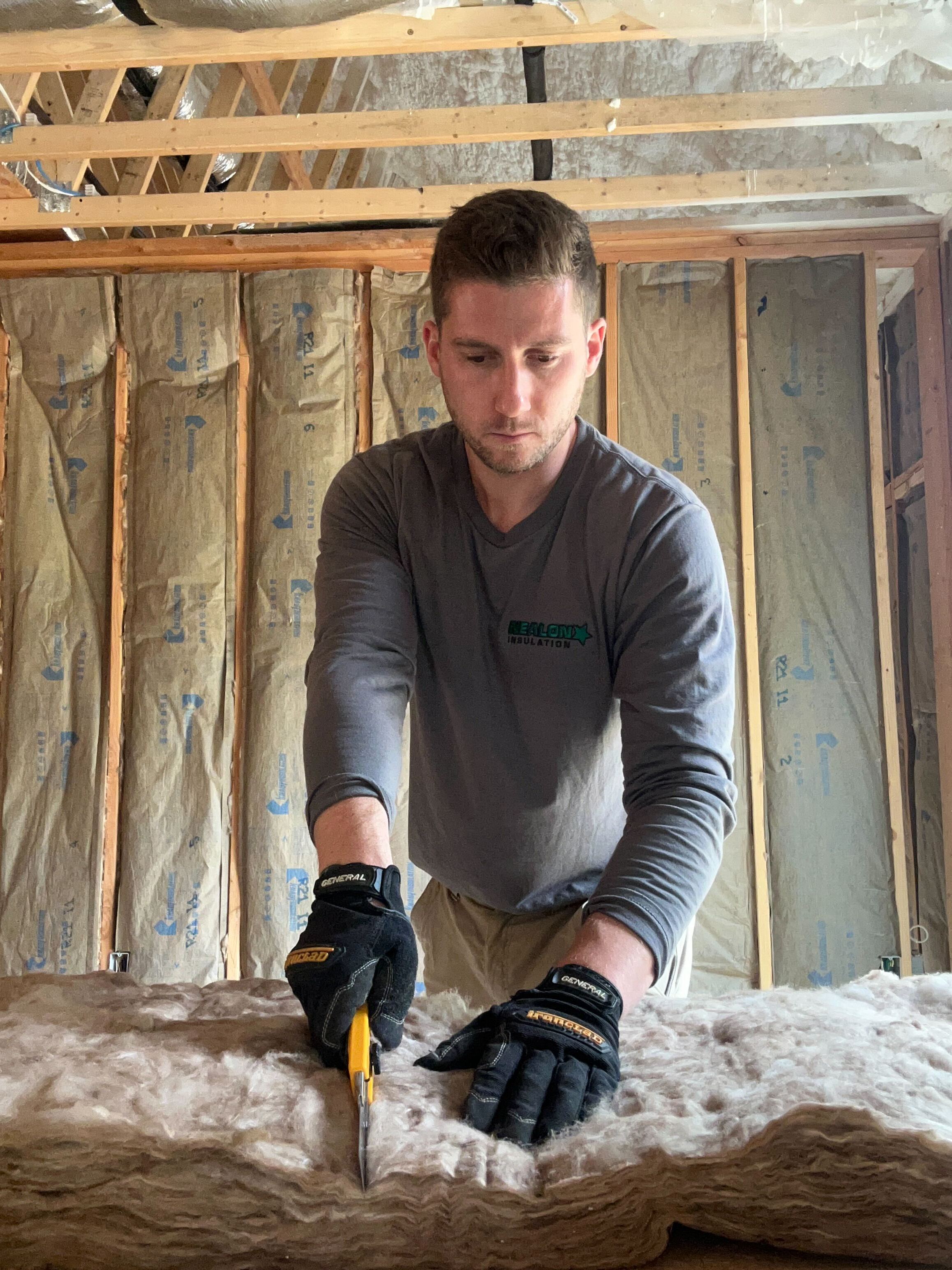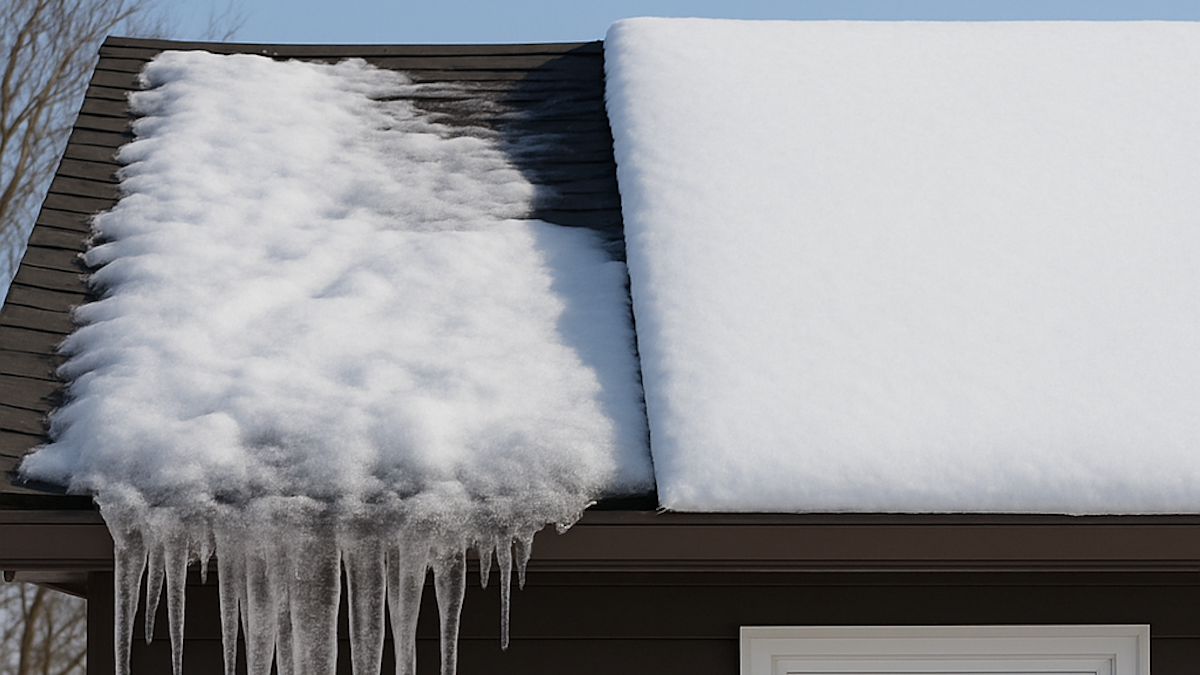Why Do I Have Allergies in My Home?

You’re sneezing like you walked through a hayfield—but you’re just sitting on your couch. Your eyes itch, your throat feels scratchy, and every morning starts with a chorus of sniffles. What gives?
The culprit might not be outside—your home itself could be stirring things up. Let’s dig into why indoor allergies happen and what you can do to breathe easier under your own roof.
1. Dust and Dander Are Everywhere
Even the cleanest homes collect dust—and with it comes dust mites, pet dander, and other microscopic freeloaders. They hang out in carpets, furniture, and especially insulation that's old or poorly sealed.
Fix it:
- Regular vacuuming helps, but it’s just the surface. Upgrading old insulation and sealing gaps in your walls or attic can cut down on how much junk gets trapped in the first place.
- Consider using an air purifier with a HEPA filter to catch smaller particles before they end up in your lungs.
2. Leaky Homes = Outdoor Allergens Sneaking In
Ever open a window during spring and instantly regret it? Now imagine tiny cracks and gaps doing that all the time. Pollen, pollution, and other allergens can sneak in through unsealed windows, doors, and attics.
Fix it:
- Air sealing is your best friend here. Sealing up your home keeps outdoor allergens out and your indoor air cleaner. We see this all the time in older Connecticut homes—once we seal things up, the difference is night and day.
- Keep windows closed during peak allergy seasons and use high-quality HVAC filters.
3. Your HVAC System Might Be Spreading It Around
If your ductwork is dusty, dirty, or full of gaps, it’s doing more than heating and cooling—it’s distributing allergens room to room like it’s running a mail route.
Fix it:
- Get your ducts cleaned and sealed. You’d be surprised what builds up in there over the years.
- Replace your air filters regularly (like, really regularly—not just when you remember).
4. Humidity and Mold Love Each Other
Too much moisture in your home invites mold and mildew—two of the biggest allergy triggers out there. Basements, attics, and bathrooms are prime real estate for this stuff.
Fix it:
- Keep humidity between 30–50%. A dehumidifier can help if your basement feels like a rainforest.
- Insulate and air seal areas like the attic and rim joists to reduce condensation and moisture build-up.
5. Old Insulation Can Be Part of the Problem
Insulation that’s been sitting for decades—especially if it’s fiberglass batts that were home to mice or moisture—can trap allergens and irritants. And when air moves through it, those particles end up floating into your living space.
Fix it:
- Consider upgrading to dense-packed cellulose insulation, which not only performs better thermally but also helps block airflow and trap dust and allergens where they can’t bother you.
- If the insulation is contaminated, the best move is to remove it and start fresh.
Is There an Insulation Type That’s Worse for Allergies?
Yes—and no. It’s not always the type of insulation that’s the problem, but the condition and installation that matter most.
That said, old fiberglass batts tend to be the usual suspects when allergies flare up. Over time, they can collect dust, pollen, rodent droppings, mold spores—you name it. And because fiberglass is air-permeable, it doesn’t do a great job of stopping airflow, which means all that gunk can hitch a ride straight into your breathing space.
On the flip side, dense-packed cellulose is treated to resist mold and pests, and it fills cavities more completely—blocking air movement and trapping particles where they can’t mess with your lungs. Spray foam is also a strong contender, since it seals air leaks and doesn’t support mold growth if installed properly.
Bottom line: Poorly installed or degraded insulation—especially if it’s contaminated—is way worse for allergies than a specific material. If you're constantly congested at home, it's worth looking behind the walls.
The Bottom Line
Your home should be a refuge, not a trigger. If you’re dealing with year-round allergies, the issue may be baked into the bones of the house—leaky seals, outdated insulation, moisture issues, or dusty ductwork.
Good news? You can fix it. Most of these problems come down to improving your building envelope: seal it tight, insulate it right, and make sure your air is clean.
Related Articles
Let's Work Together
Ready to transform your home into an energy-efficient haven? Schedule your free energy assessment today and experience the Nealon difference for yourself.



